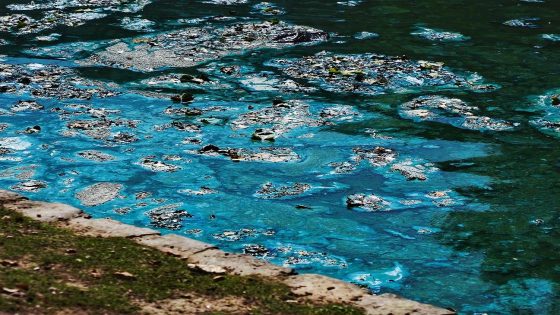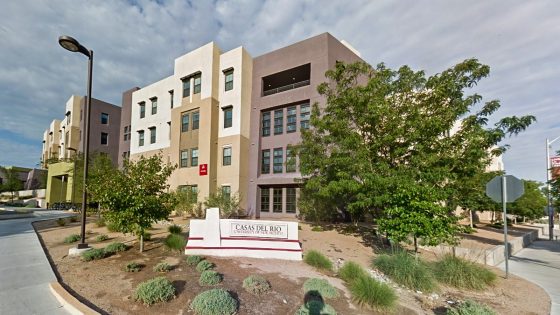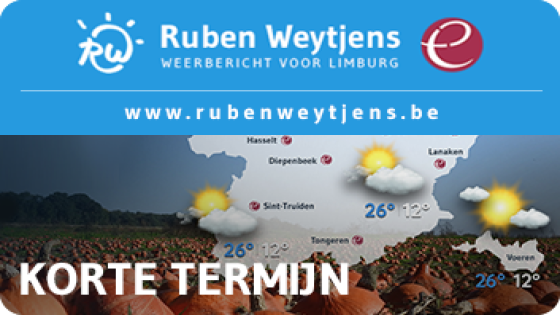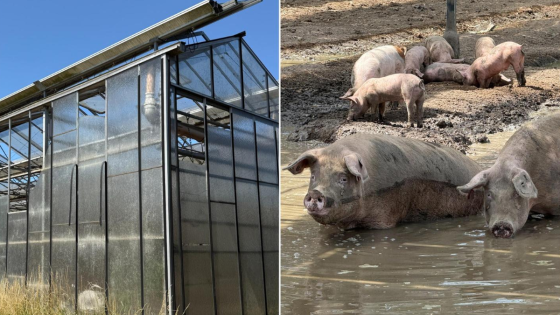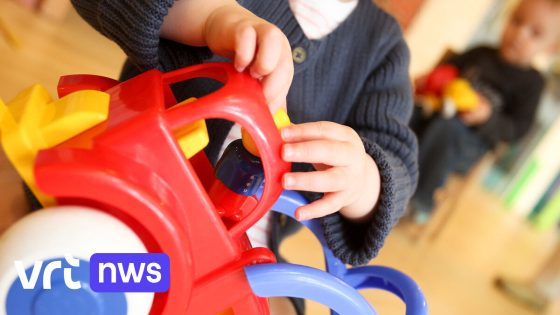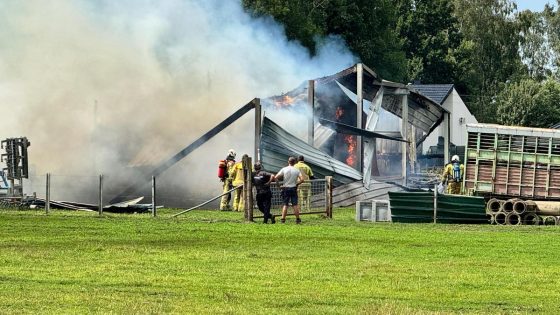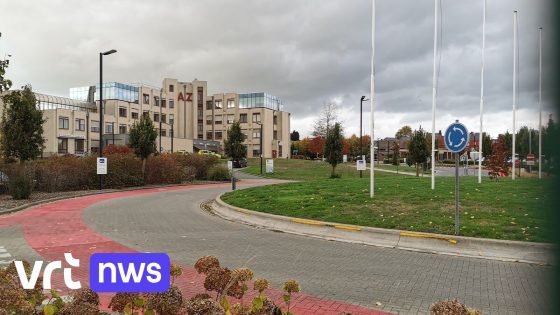Blue-green algae, also known as cyanobacteria, have been detected in several ponds across Brussels, raising concerns for local residents and pet owners. As of 2025-08-11 19:51:00, Leefmilieu Brussel has confirmed the presence of these algae in four ponds: Rood-Kloostervijver in Oudergem, the Grote and Kleine Mellaertsvijvers in Sint-Pieters-Woluwe, and the Leybeekvijvers in Watermaal-Bosvoorde. While the presence in Elsene remains unconfirmed, authorities warn that other ponds may also be affected.
- Lynn Tobback reports possible cyanobacteria presence
- Warning signs placed at four Brussels ponds
- Warm weather promotes explosive cyanobacteria growth
- Pollution from bird feeding fuels algae blooms
- Avoid contact with contaminated pond water
- Protect children and pets from toxins
Warning signs have been installed around the affected ponds to inform the public. With summer’s warm and dry weather fueling the rapid growth of cyanobacteria, the risk of contact with toxic algae is rising. But what makes these blue-green algae so problematic, and how can locals protect themselves and their pets? The following overview sheds light on the situation.
Why are blue-green algae flourishing now, and what dangers do they pose? The algae multiply explosively under warm, sunny conditions, worsened by pollution from leftover bird feed and droppings. Their toxins can cause headaches, nausea, skin irritation, and even nervous system damage. Key points to consider include:
- Algae thrive in nutrient-rich, warm water, often due to human activity like feeding birds near ponds.
- Toxins released can harm children, pets, and aquatic plants.
- Contact or ingestion of contaminated water should be avoided to prevent health issues.
- Warning signs have been placed, but vigilance is necessary as not all affected sites may be identified yet.
As the season progresses, it’s essential for residents to stay informed and cautious. Regularly checking updates from Leefmilieu Brussel and avoiding contact with suspicious water can help keep families and pets safe. Could this summer’s weather pattern lead to more widespread algae blooms? Staying alert is the best defense.



